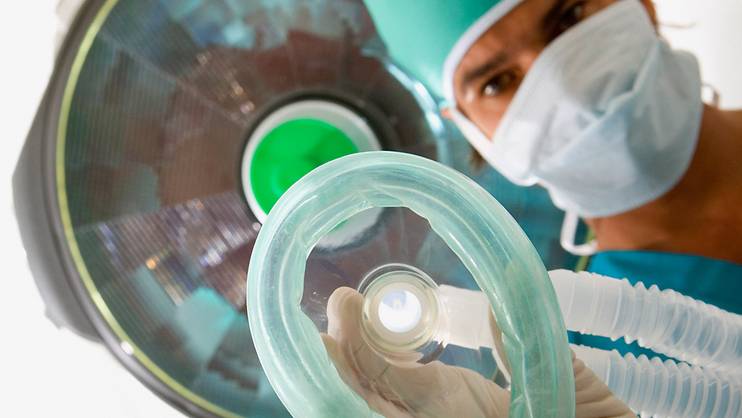What happens if you need a C-section? Isabel Shan clues you in…

Even if you’re planning a vaginal delivery, be sure to make a note in your birth plan that a C-section might be a real possibility. Here’s what you need to expect during the procedure:
Elective Caesarean
This refers to a C-section that is planned in advance. If going through labour is deemed unsafe for the baby or the mother, you’ll be offered a surgical delivery ― for example, if the baby is positioned feet- or bottom-down in the womb (breech).
You’ll need to fast hours before the operation. Before surgery, the nurse or midwife will shave off the top few centimetres of your pubic hair (often the site of the incision) and you’ll take medicine to neutralise your stomach acid. An anaesthetist will usually give you a local ― usually an epidural or spinal ― to numb the lower part of your body.
You’ll have a catheter inserted, and you’ll be put on a drip containing drugs to reduce the risk of low blood pressure. Alternatively, you may receive general anaesthesia, where you’ll be unconscious throughout the procedure.
The operation normally takes about 45 minutes. Dr Christopher Chong, an obstetrician and gynaecologist at Gleneagles Hospital, notes, “Only specialists or trainee specialists under supervision are allowed to perform instrumental delivery and Caesareans in Singapore.”
When the doctor pulls the baby out, you may feel something tugging. Then, the cord is clamped and cut, and the placenta delivered. After this, you’ll get dissolvable stitches and be closely observed.
Emergency Caesarean
This happens when a baby in distress needs to be delivered within 30 minutes. Because of the urgent nature of the operation, the gynae may not have time to complete the same procedures as an elective Caesarean. An epidural or a general anaesthetic will be administered, and you may be given drugs to reduce nausea or vomiting. If you already have an epidural, it will be topped up.
After the Caesarean…
Ask to have skin-to-skin contact with your new baby as quickly as possible after his birth, tucking him in next to you in your bed. Stay like that for as long as you can to promote the bonding process.
Photo: INGimage
Like us on Facebook and check SmartParents regularly for the latest reads!
Check these stories out too...
Prepping your husband for D day